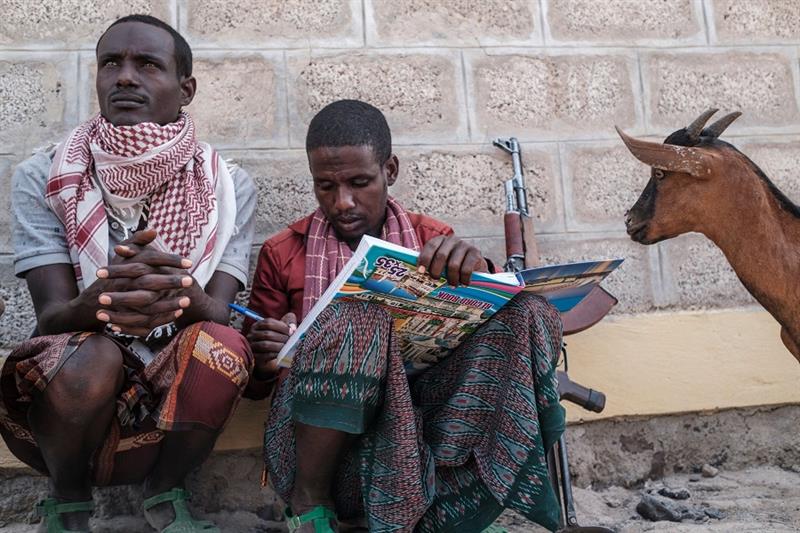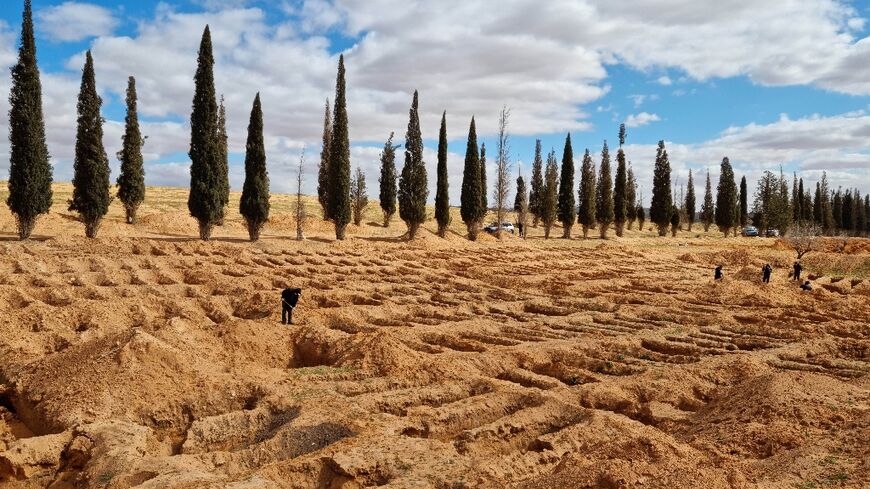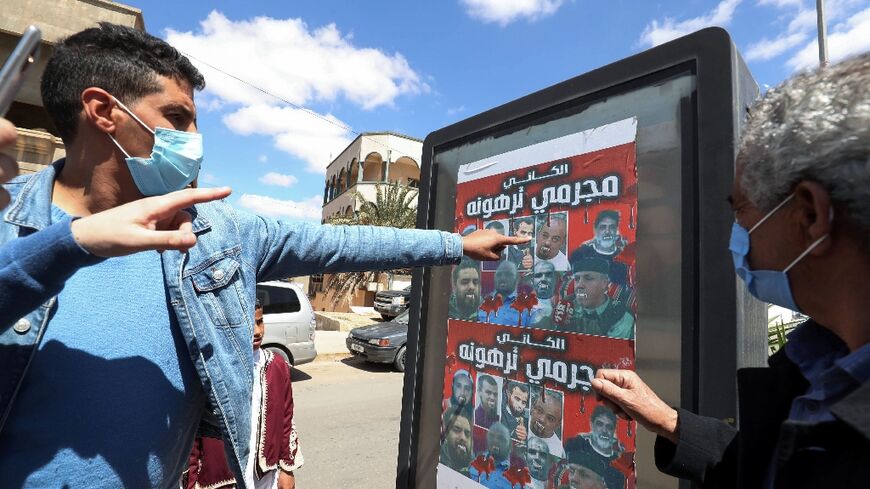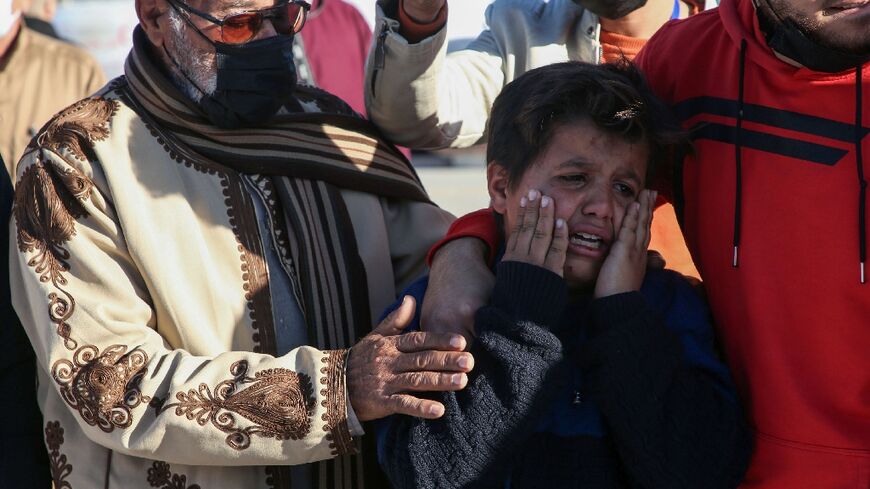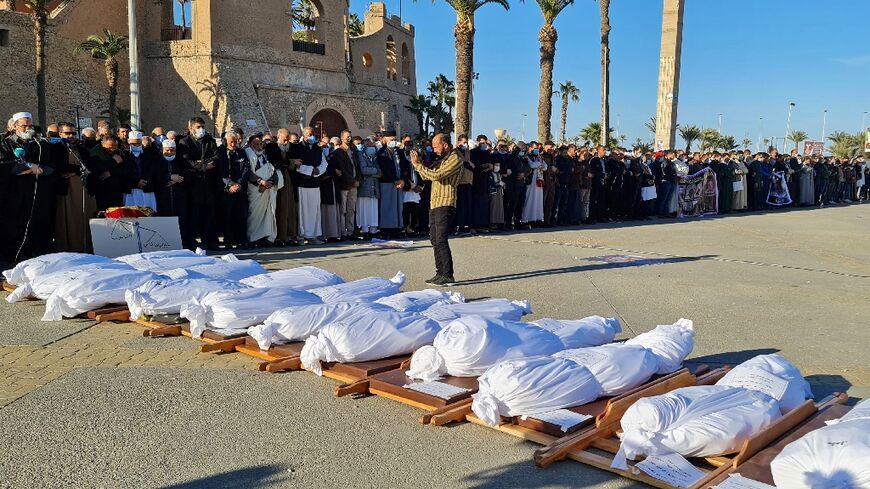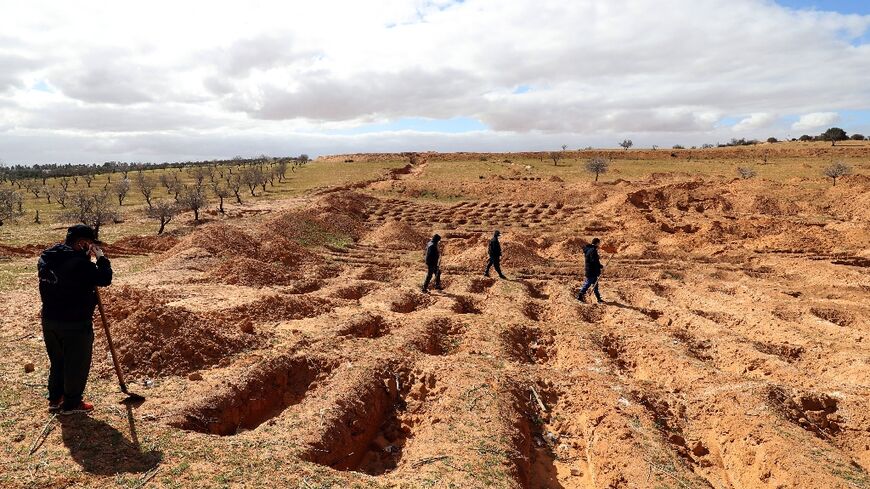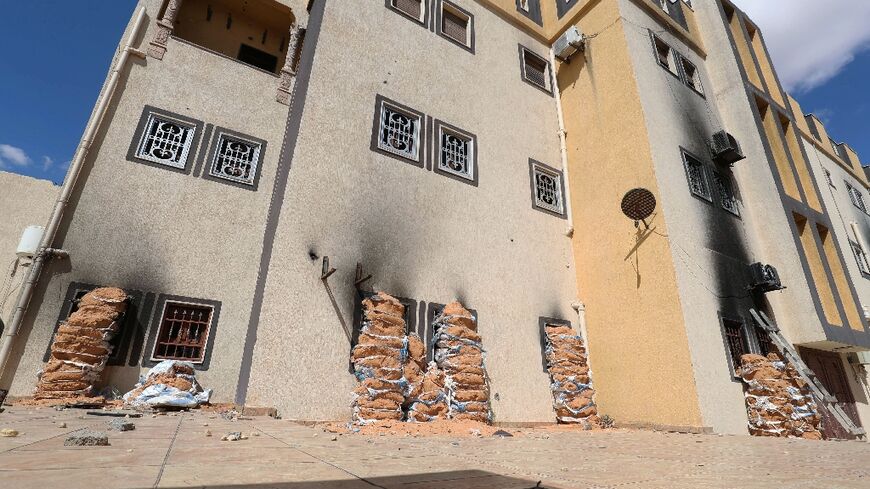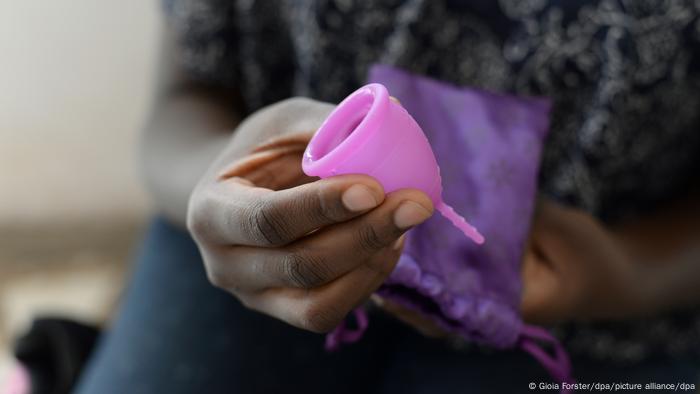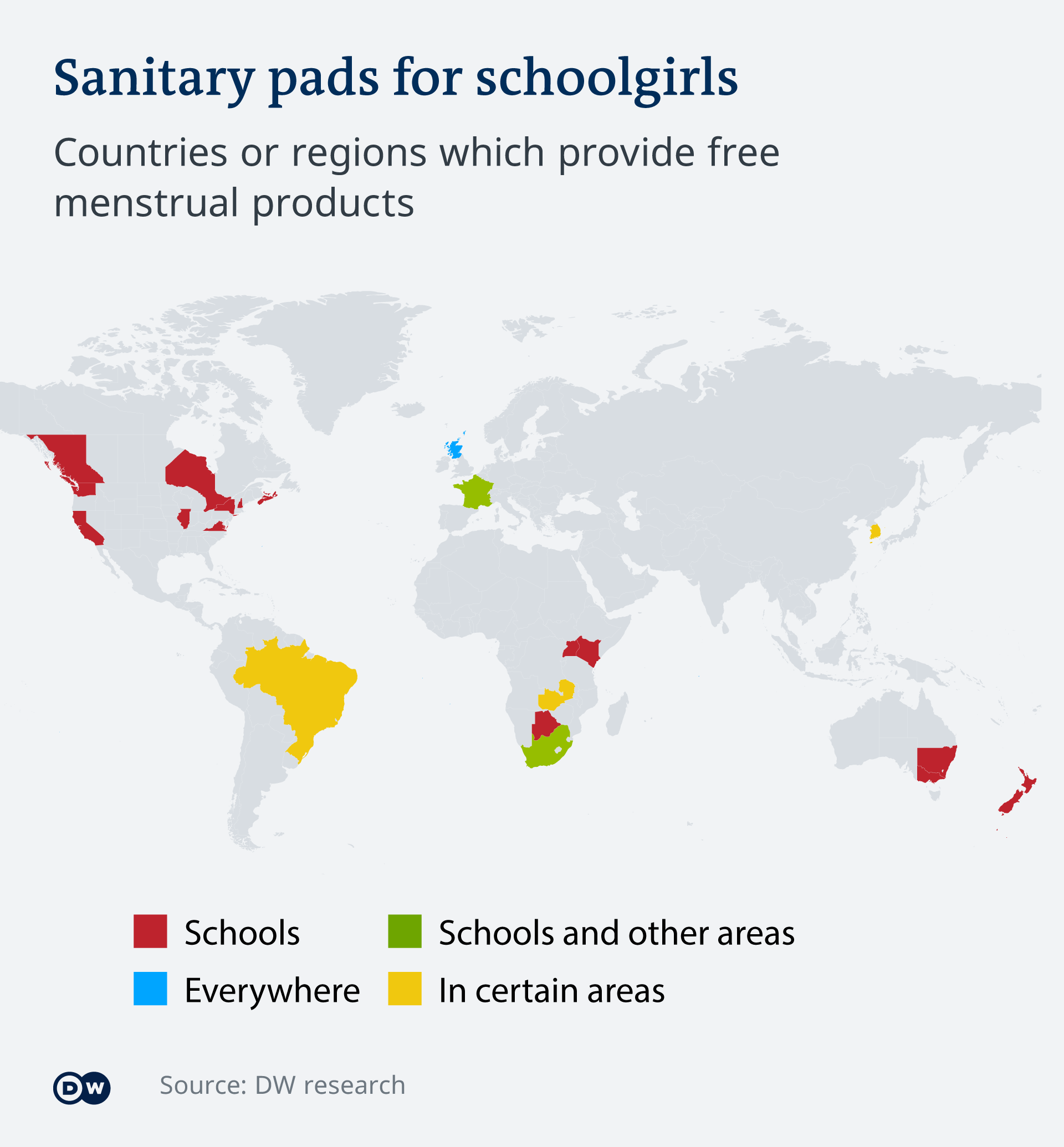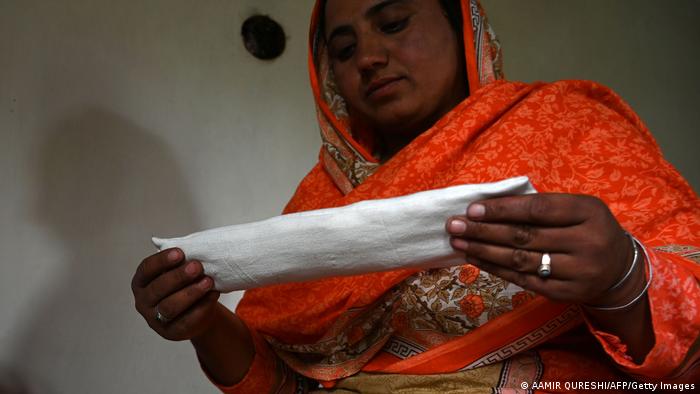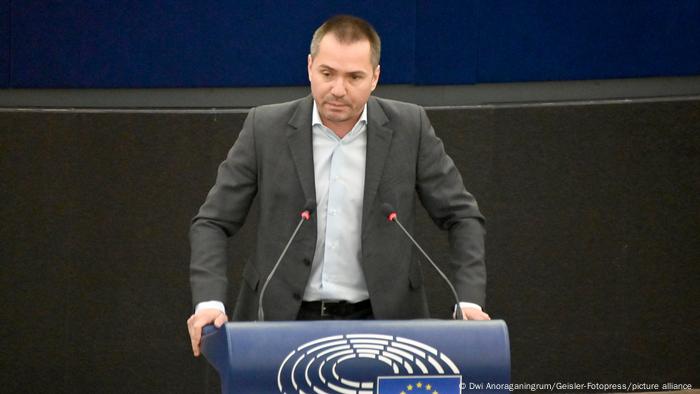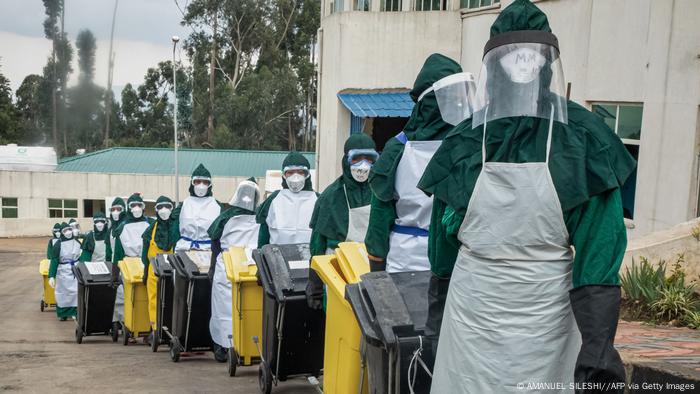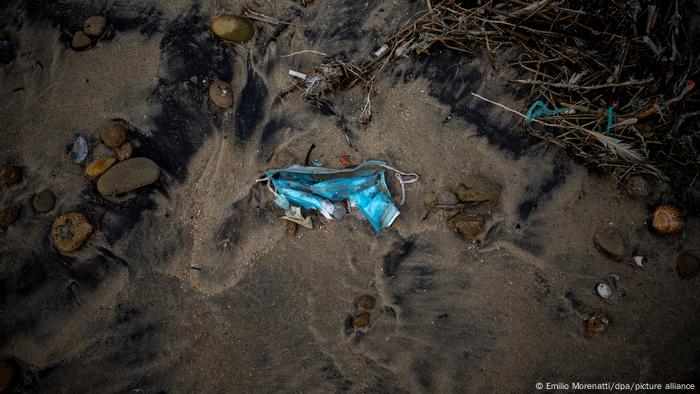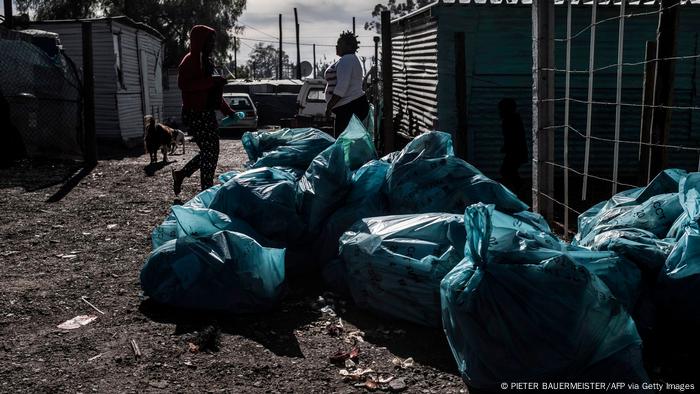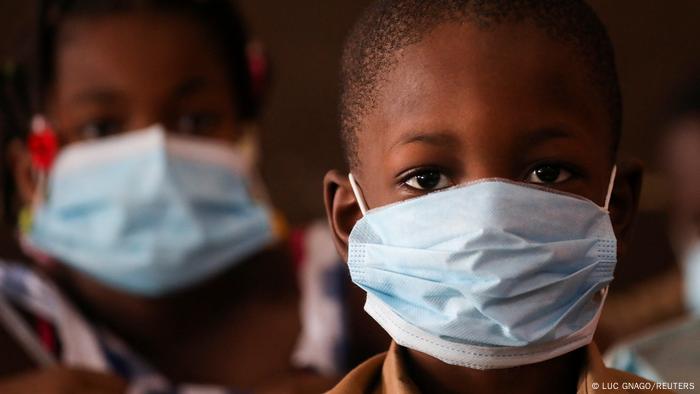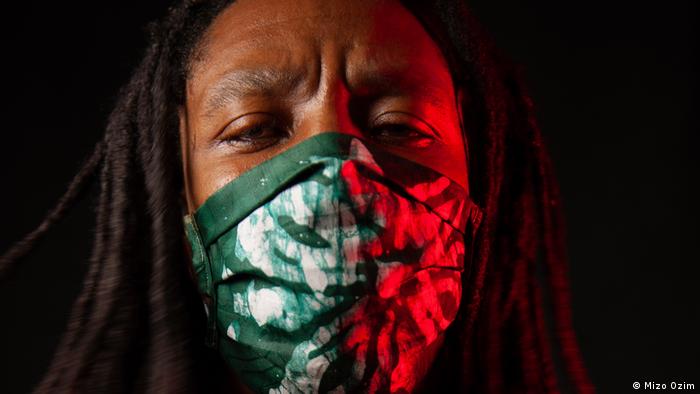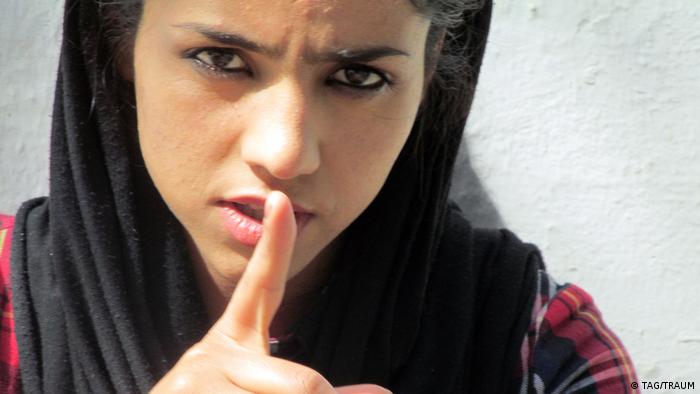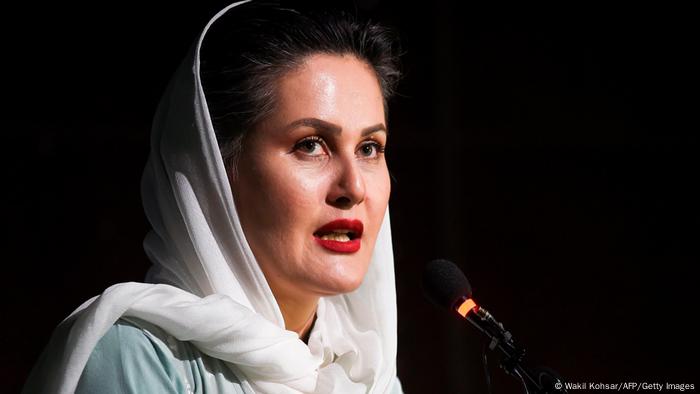Far-right French candidate makes taboo term his mantra
AP , Thursday 17 Feb 2022
Two words, taboo for many in France because they evoke a conspiracy theory embraced by white supremacists, have been haunting the French presidential campaign.
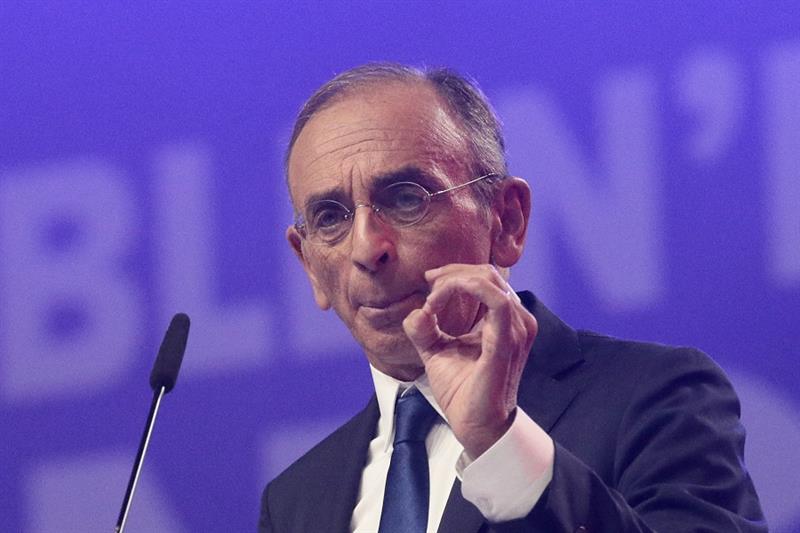
Far-right presidential candidate Eric Zemmour delivers a speech at a campaign rally, Feb. 5, 2022 in Lille, northern France. AP
``Great replacement'' rolls off the tongue of presidential candidate Eric Zemmour, an outsider with views to the right of the far-right who has made the term the underpinning of his campaign. But when mainstream conservative presidential candidate Valerie Pecresse pronounced them at her first major rally last weekend, politicians and pundits screamed foul, saying she had crossed a red line.
The ''great replacement'' is the false claim that the native populations of France and other Western countries are being overrun by non-white immigrants _ notably Muslims _ who are allegedly supplanting, and one day will erase, Christian civilization and its values. The claim, popularized by a French author, has inspired deadly attacks in recent years from New Zealand to El Paso, Texas.
Critics said Pecresse was normalizing a dangerous falsehood that immigration figures in France do not corroborate.
Pecresse later denied she was venturing into Zemmour's far-right territory, contending that her brief remark was misconstrued. Still, the flap focused attention on Zemmour's campaign mantra and underscored the threat he represents to mainstream conservatives.
``If I'm a candidate in the presidential election, it is firstly and above all to stop the `great replacement' and to fight immigration,'' Zemmour _ whose upstart party is named Reconquest _ told France 2 TV.
Numerous polls place Zemmour fourth among a bevy of candidates for France's April 10 presidential vote behind poll leader President Emmanuel Macron _ who has yet to formally declare his candidacy _ and slightly behind far-right candidate Marine Le Pen and Pecresse. A presidential runoff will be held among the top two candidates on April 24 if no one wins outright.
Zemmour, 63, a controversial talk show pundit before entering the presidential race, has been convicted multiple times of inciting racist or religious hatred.
He has, for instance, drawn ire for falsely stating that Marshall Philippe Petain, who headed France's collaborationist World War II Vichy government, saved Jews from deportation to Nazi death camps. Under Petain's regime, some 76,000 French Jews were sent to camps; very few survived.
The ``great replacement'' theory was formulated in 2011 by Renaud Camus, a writer and social media fan. But the notion dates back to writers of the late 19th and early 20th centuries, according to Jean-Yves Camus, a French expert on the far right who is not related to Renaud.
Both Renaud Camus and Zemmour base their unfounded claims that Muslims are already supplanting native French on visual indicators like Islamic headscarves. Yet less than 10% of France's population is Muslim.
``Every day when I go to work, I say, `Hey, this is France,' said Jean-Yves Camus, the far-right expert. ``When Zemmour goes out from his flat ... he says, `Wow, this is not France anymore.'''
Polls suggest that between Le Pen and Zemmour, the far-right has gained traction in France since the 2017 presidential race, when the centrist Macron beat Le Pen in a landslide in the presidential runoff. Together, the two far-right candidates represent 30% of potential French voters, the polls show, compared to up to 25% for Macron.
One reason for the ground gained by far-right ideology is France's ``difficulty adjusting to a multicultural society,'' Jean-Yves Camus said.
In France, where the melting pot is based on assimilation and officials are banned from counting people by origin, ``we are supposed to be equal but only if we are identical,`` he said.
``There is certainly some kind of mainstreaming of many issues that were only fringe topics, let's say 10 or 15 years ago,'' Jean-Yves Camus said. ``It's not only about the great replacement ... (it's) anything that has to do with immigration, and French identity, and the roots of the French nation.''
He also cites an amorphous fear of Muslims, viewed by some as ``the enemy from within,'' due to several terrorist attacks carried out by French Muslim citizens. That is devastating for the nation's Muslim population, estimated at 5 million, which is overwhelmingly peaceful but often unfairly stigmatized.
The head of the Paris mosque urged Muslim citizens to vote, asking them to ``sanction the apostles of racism and those who look down on French of the Muslim faith.''
Without naming names, mosque head Chems-Eddine Hafiz denounced the far-right in a commentary in the Le Monde newspaper, saying their ``extremist speech'' must be disavowed just like Islamist extremists.
Le Pen, once best known for her anti-immigration portrayals of a France with minarets dotting the countryside where church steeples once stood, has softened her image to broaden her voter base. She has not pronounced the words that are Zemmour's mantra. But she stressed in a TV show Wednesday on LCI that she is not abandoning far-right fundamentals, saying that as president she would ban the headscarf, ``the Islamist uniform,'' in the streets.
Several well known figures in her National Rally party have complained about her softened image, saying that Le Pen has gone off message, and defected to Zemmour's camp. The wait is on to see whether Le Pen's popular niece, Marion Marechal _ who has suggested she won't support her aunt _ joins Zemmour.
Among Zemmour's gets was a phone conversation Monday evening with former U.S. President Donald Trump. Zemmour, who reportedly requested the chat, told reporters the two discussed the ``destiny and perspectives'' of the United States and France, which he claimed are both ``in the torment of a war of civilizations.''
Le Pen was philosophical. She had hoped, but failed, to meet with Trump during her 2017 campaign.
``I hope that Donald Trump is doing well,'' she told reporters in Villers-Cotterets, where she was promoting the French language against an Anglo-Saxon ``invasion.''
